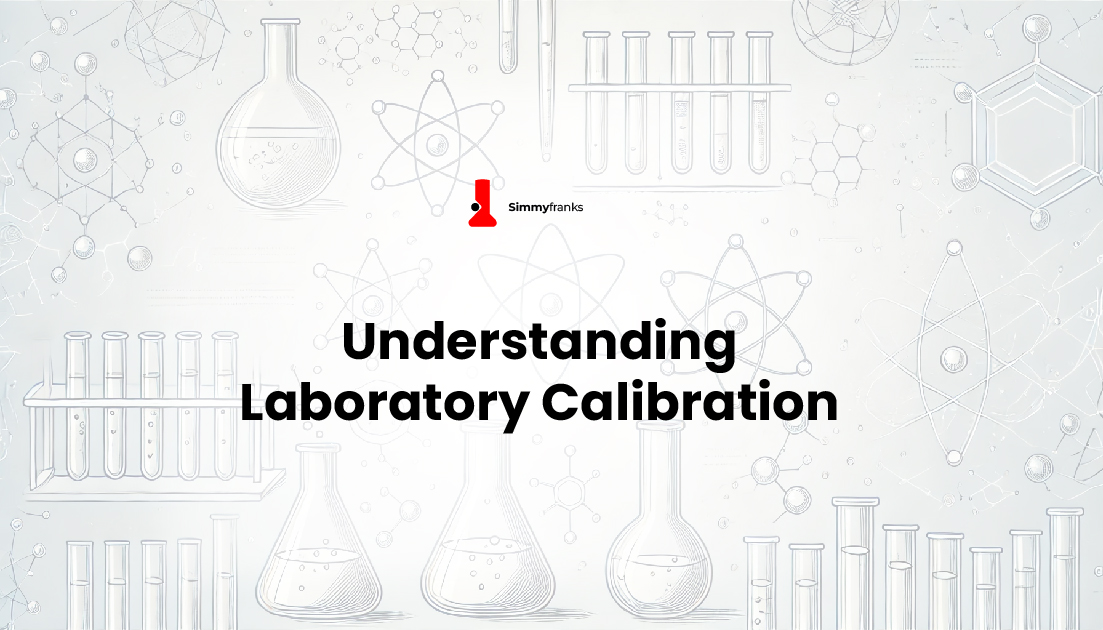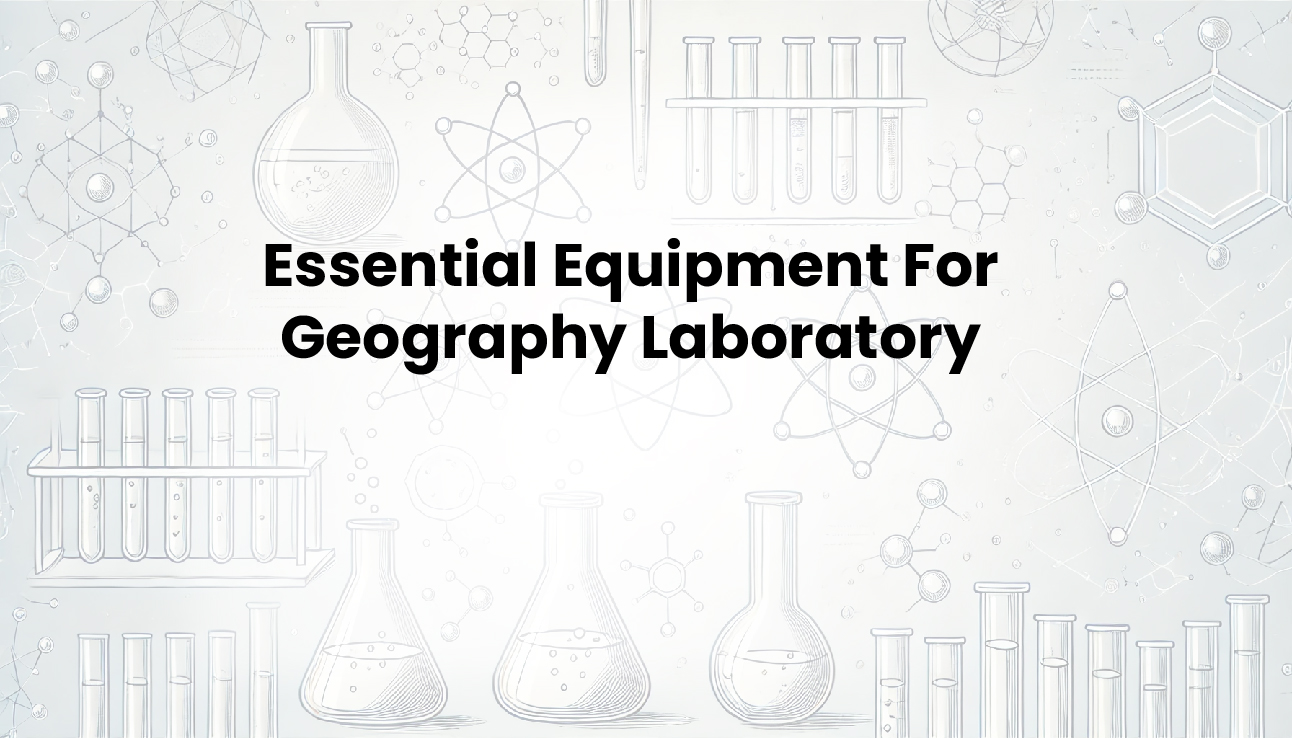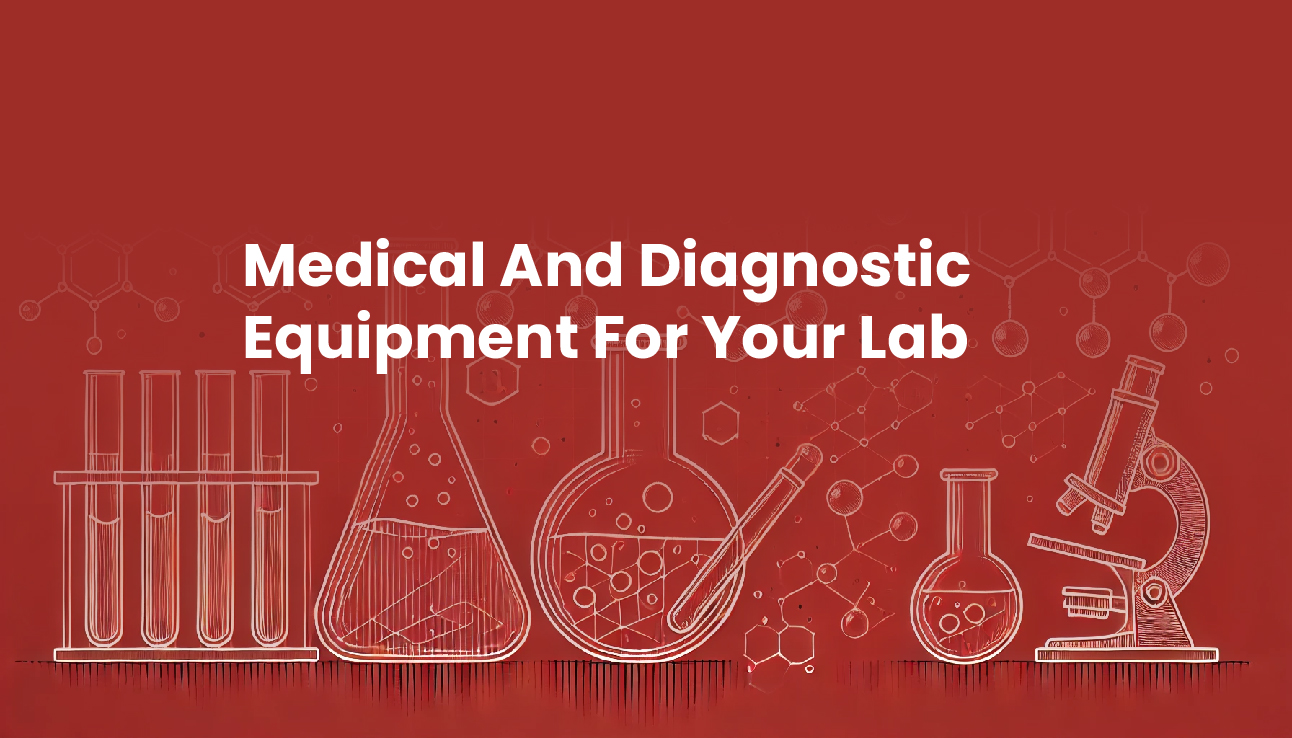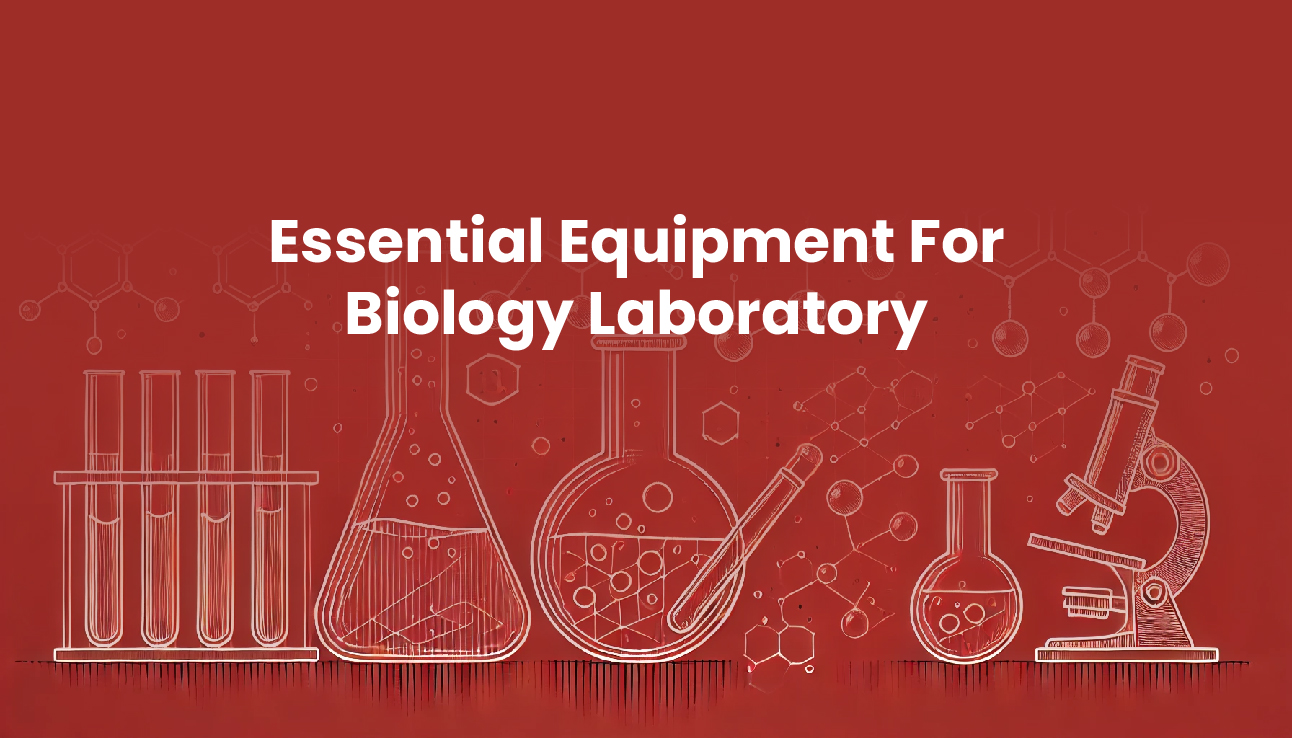Primary school science education is an essential part of a child’s learning journey. It helps students develop critical thinking skills, problem-solving abilities, and curiosity about the world around them.
To facilitate this learning, primary schools are equipped with a variety of science equipment that helps students conduct experiments, make observations, and explore scientific concepts. In this article, we will explore the essential science equipment list for primary schools and their uses.
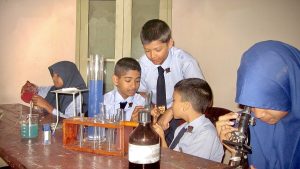
Physics Equipment
Let’s begin by exploring the equipment found in the physics lab.
1. Magnets:
A magnet is an object that possesses the property of attracting iron and producing a magnetic field external to itself. Students can use the magnets to demonstrate and learn how magnetic field lines behave.
2. Balls and ramps:
A ball and ramp is a classroom science equipment used to demonstrate various physics concepts like understanding motion, gravity, and energy.
3. Mirrors and lenses:
The mirror is glass with one side silvery backing that produces an image by reflection on only one surface, whereas a lens is a transparent substance that produces an image by refraction on any of the two surfaces. Mirrors and lenses are used in schools in the introduction of light, reflection, and refraction.
4. Balloons and straws:
The balloon straw structure is used to demonstrate air pressure and airflow.
Chemistry Equipment
1. Chemicals:
Chemicals like baking soda and vinegar are used to conduct chemical reactions and experiments.
2. Test tubes and racks:
The tubes are used to hold, heat, mix, and observe chemical reactions while the racks are used to hold the test tubes to avoid breakage and spillage of chemicals.
3. Thermometer:
The thermometer can be used to teach the students how to measure temperature and explore heat transfer.
4. Color-changing materials:
Color-changing materials like pH paper otherwise known as litmus paper is used to introduce acid-base chemistry.
Biology Equipment
1. Microscope:
A microscope magnifies and gives a clearer view of small organisms that can not be seen by an unaided eye. Students can use the microscope to explore cells and microorganisms.
2. Magnifying glasses:
Just as the name says, the magnifying glass is used to observe plants, animals, and textures as the magnifying glass aids learning by enlarging the image it produces.
3. Plant and animal specimens:
Most classrooms in certain primary schools own pets (eg. rabbits, hamsters, fish, turtles, etc) as well as potted plants (eg. herbs, succulents, dracaena, African violets, etc). These specimens aid the students in studying life cycles, habitats, and adaptation.
Earth and Space Science Equipment
1. Globes and maps:
Globes and maps are used when teaching geography to the students for easy understanding of geography, continents, and oceans.
2. Rocks and minerals:
Rocks like igneous rocks, sedimentary rocks, metamorphic rocks, etc, and minerals like jasper, iron ore, calcite, quartz, salt, gypsum, etc are kept in the earth and space science lab as they aid students in exploring geology, textures, and properties.
3. Solar system model:
Solar system models help in the introduction of planets, orbit, and space exploration to students.
4. Weather instruments:
Thermometers and barometers are weather instruments used by students to measure and record weather data.
Get Your Laboratory Equipment From SimmyFranks
To run a good primary school lab, you need excellent equipment that works precisely and reliably and it is important to choose a trusted supplier for these tools. SimmyFranks is a reliable supplier that offers a wide range of high-quality lab equipment that will meet your needs. Our customer service is also top-notch and we are committed to offering high-quality services. Contact us today to get started.
Essential Science Equipment for Primary Schools: A Comprehensive List and Guide: FAQ
1. What is included in a primary school science equipment list?
A primary school science equipment list typically includes items such as beakers, test tubes, magnifying glasses, thermometers, rulers, microscopes, and safety goggles.
2. What are the uses of beakers in primary school science?
Beakers are used to hold and measure liquids during experiments. They are also used for mixing and heating substances.
3. Why are safety goggles important in a primary school science lab?
Safety goggles are important in a primary school science lab to protect students’ eyes from potential hazards such as chemicals or flying debris during experiments.
4. How are rulers used in primary school science experiments?
Rulers are used to measure the length, width, and height of objects in science experiments. They are also used to draw straight lines and make accurate measurements.
5. What is the purpose of a microscope in primary school science?
Microscopes are used in primary school science to magnify small objects or organisms so that students can observe them more closely.
6. How are test tubes used in primary school science experiments?
Test tubes are used to hold small amounts of liquids or substances during experiments. They are also used for mixing and heating substances.
7. Why is it important for primary school students to use thermometers in science experiments?
Thermometers are used in science experiments to measure temperature. This is important for understanding how temperature affects different substances and reactions.
8. What safety precautions should be taken when using primary school science equipment?
Some safety precautions that should be taken when using primary school science equipment include wearing safety goggles, following instructions carefully, and handling chemicals carefully. Teachers should also supervise students at all times during experiments.


